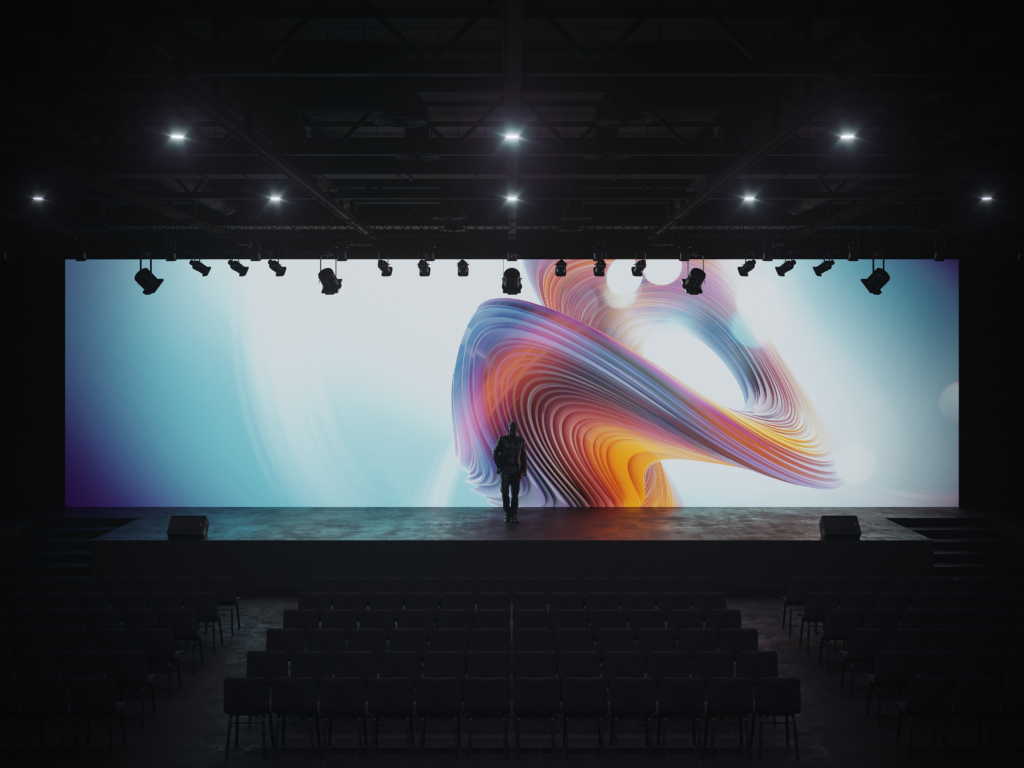Perfecting Color Precision in LED Wall Adjustment for Stunning Graphic Displays
Perfecting Color Precision in LED Wall Adjustment for Stunning Graphic Displays
Blog Article
Hue precision is essential for creating stunning visual displays, especially when employing LED screens. These massive displays are frequently found in locations like music venues, athletic arenas, and advertising billboards. When the hues on an LED screen are not correct, the visuals can look flat or distorted, which can affect the total impression for audiences. Therefore, perfecting color precision in LED screen tuning is vital for achieving vibrant and true-to-life visuals.
The initial step in guaranteeing color precision is comprehending how LED systems works. LEDs, or light-producing diodes, generate light in multiple colors by combining red, green, and blue (RGB) light. Each pixel on an LED wall is made up of these three colors. When calibrated correctly, the combination of RGB can create a broad range of hues. However, if one hue is too bright or too faint, it can distort the entire display. This is why calibration is needed to equalize the hues and achieve the intended graphic result.
Calibration entails modifying the settings of the LED screen to make sure that the colors shown correspond the original material as nearby as possible. This procedure typically involves using specific software and hardware instruments. Technicians often use color assessment devices, such as spectrophotometers, to examine the hues being displayed. By contrasting the assessed hues to standard color standards, they can make precise modifications. This ensures that the hues are not only lively but also uniform across the entire display.
Another important factor of color accuracy is understanding the surroundings in which the LED wall is used. Elements such as ambient light can significantly affect how colors look. For example, a brightly lit room may fade colors, making them look not as lively. To counteract this, technicians may modify the brightness and differentiation configurations of the LED wall. Additionally, they may select particular color profiles that are more appropriate for different lighting conditions. This flexibility helps maintain here color precision regardless of the observing environment.
Finally, regular upkeep and recalibration are essential for keeping an LED screen looking its finest. Over time, the performance of LEDs can change due to elements like degradation and temperature fluctuations. Frequent inspections and adjustments can help guarantee that the hues remain correct and vibrant. By investing time in appropriate tuning and maintenance, venues can offer viewers with stunning graphic presentations that enhance their overall impression. Perfecting color accuracy in LED wall tuning is not just a technical task; it is an expertise that contributes to the magic of graphic storytelling.